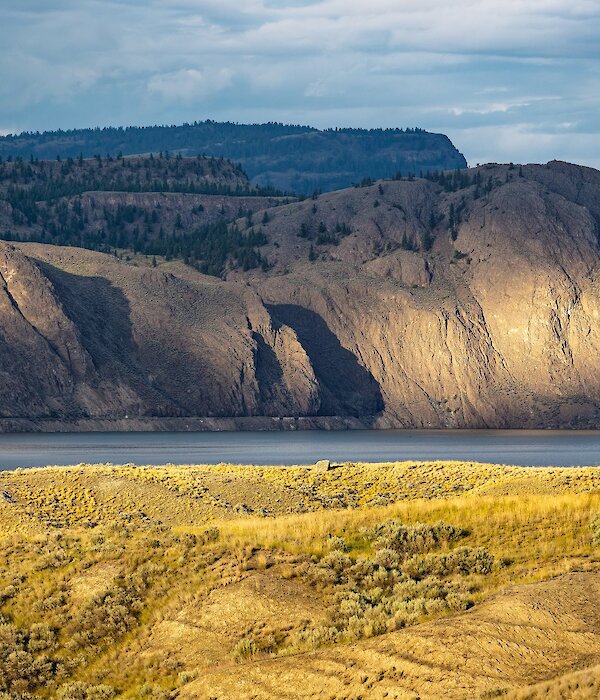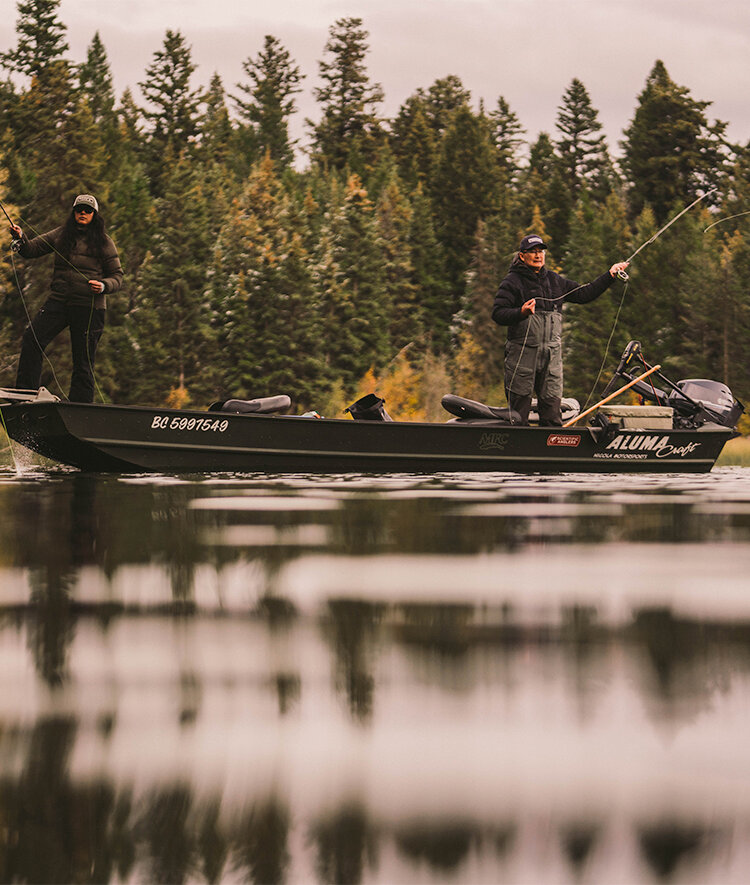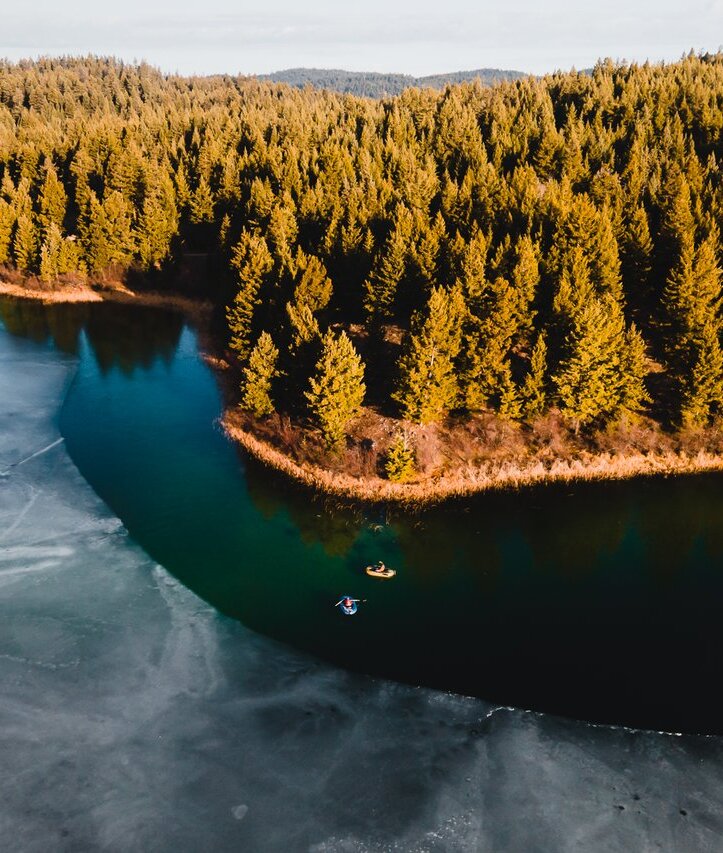Beginner's guide to fishing in Kamloops
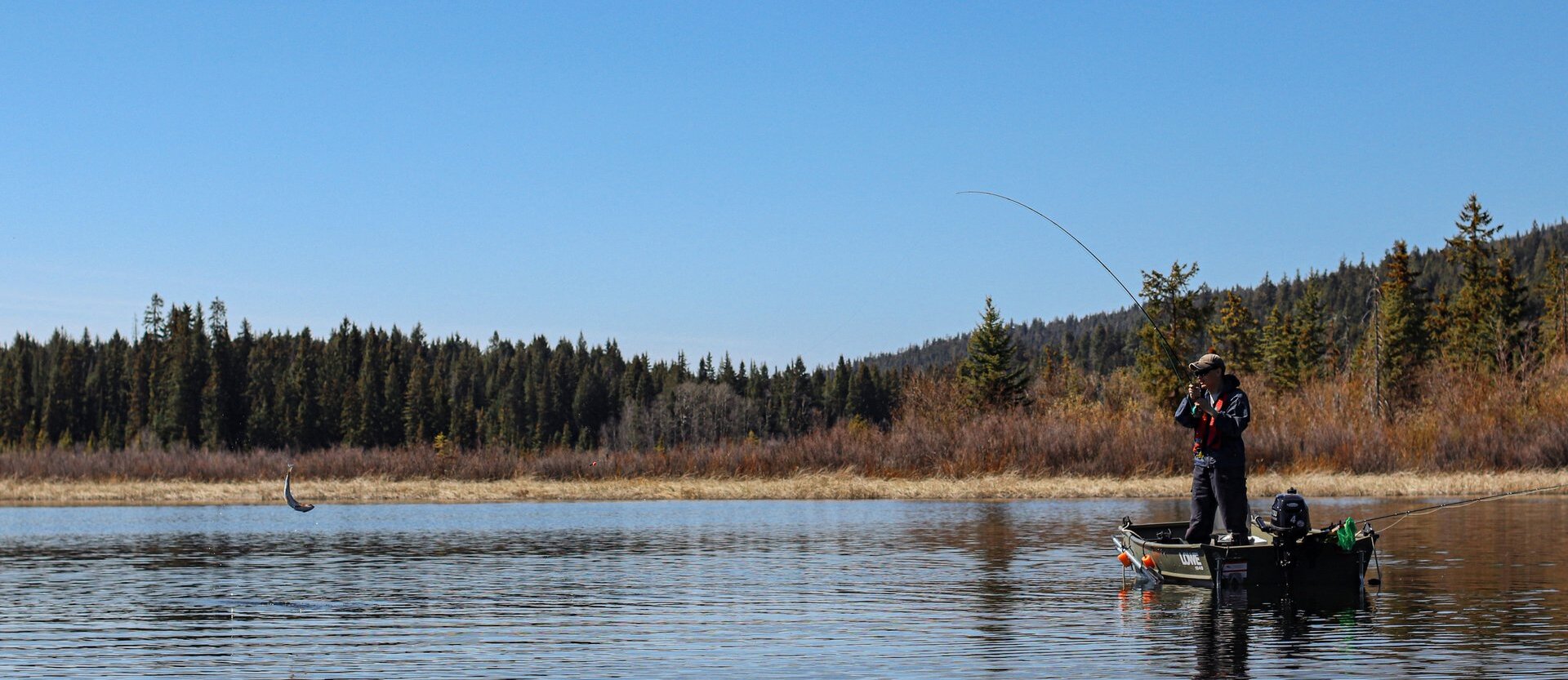
Kamloops
Fishing With Rod
New to fishing and not sure where to start? Cast away your worries! We’ve got the ultimate beginner's guide to fishing in Kamloops, packed with the latest tips and tricks from @fishing_with_rod.
Dive into our local lakes with confidence using these expert insights and get ready to reel in your first catch!
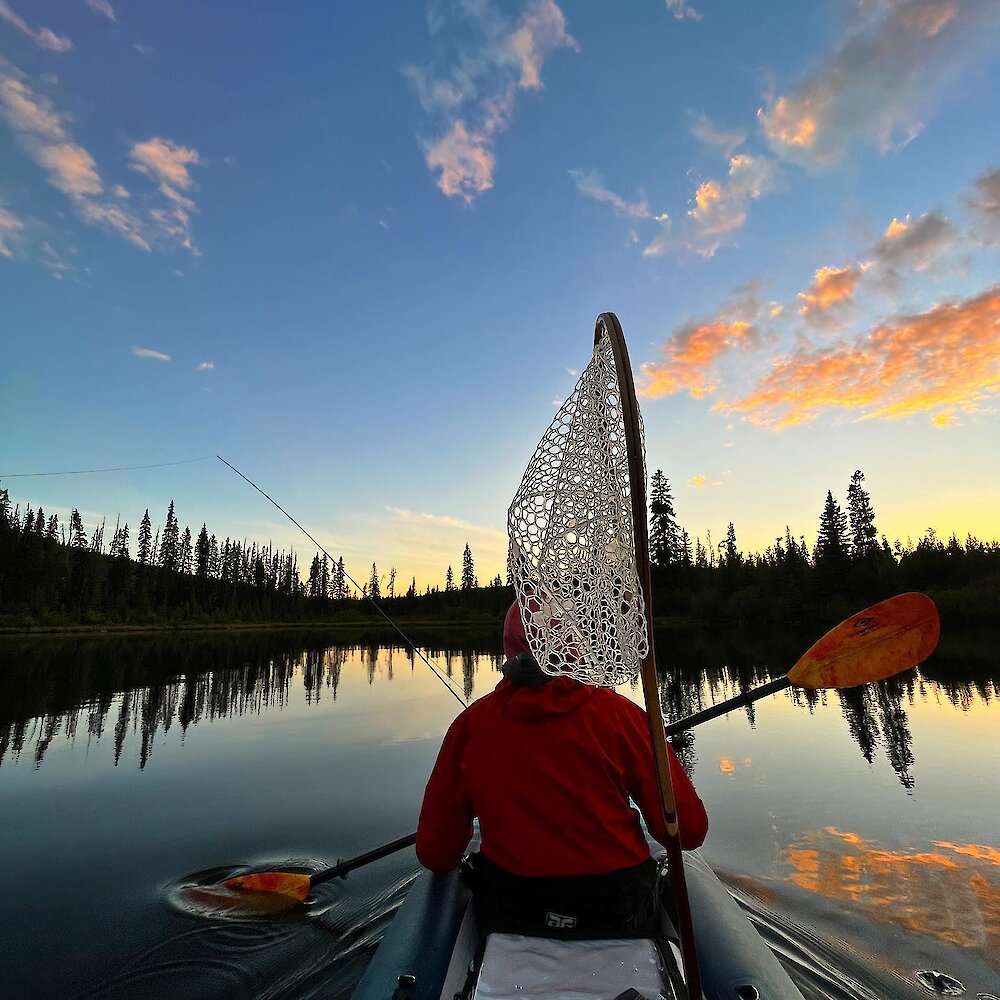
@vedan304
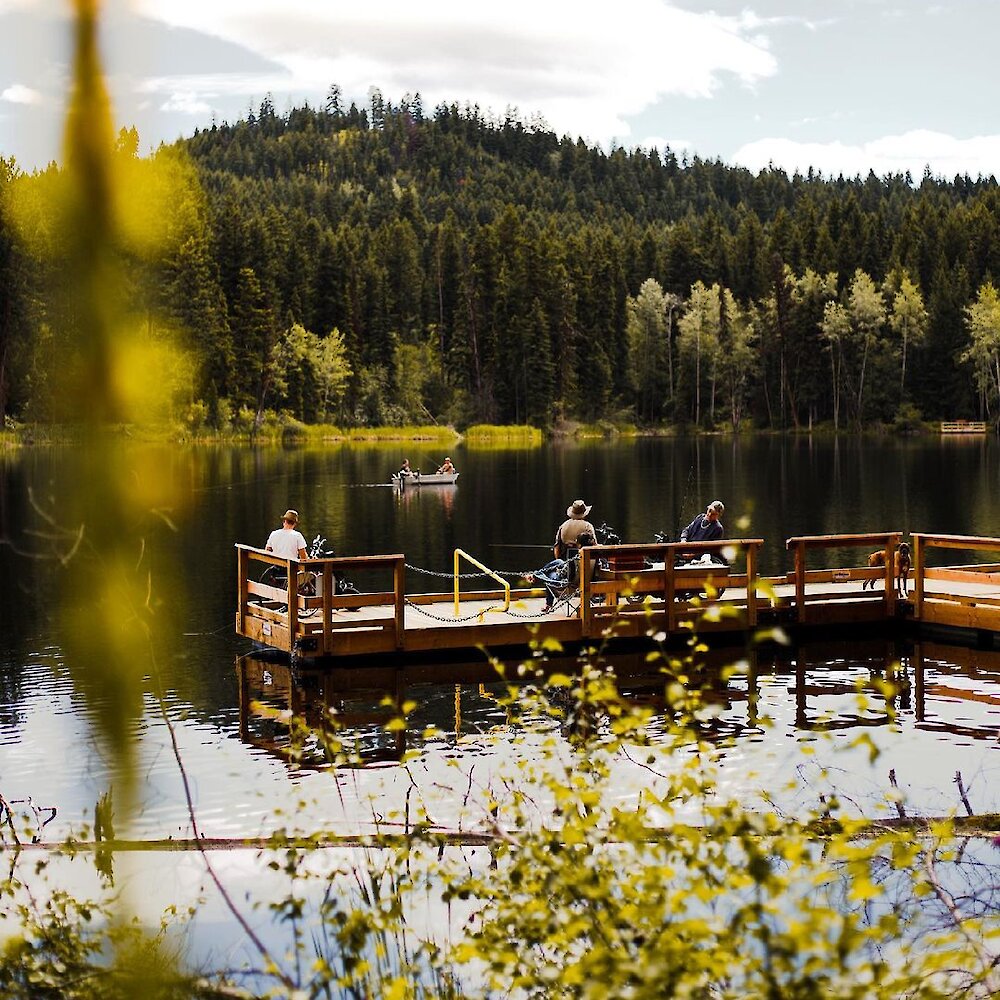
@wwwvalerywww
Fishing in Kamloops
Between early May and mid-October, lakes around Kamloops become my favourite playground. During these months, whether you have a boat or not, you have access to world-class trout fishing.
Freshwater Fisheries Society of BC, funded by your freshwater fishing license revenues, ensures dozens of lakes within a one-hour drive from Kamloops are seasonally stocked. Thousands of yearlings are released into the lakes each year and have the potential to become trophy catches due to the large amounts of nutrients in these lakes.
The best part of fishing in the Kamloops area is the diversity of fisheries available to anglers. Whether you are a beginner who's looking to catch lots of fish quickly or an experienced angler who's looking to catch a personal best, Kamloops has a lake for you.
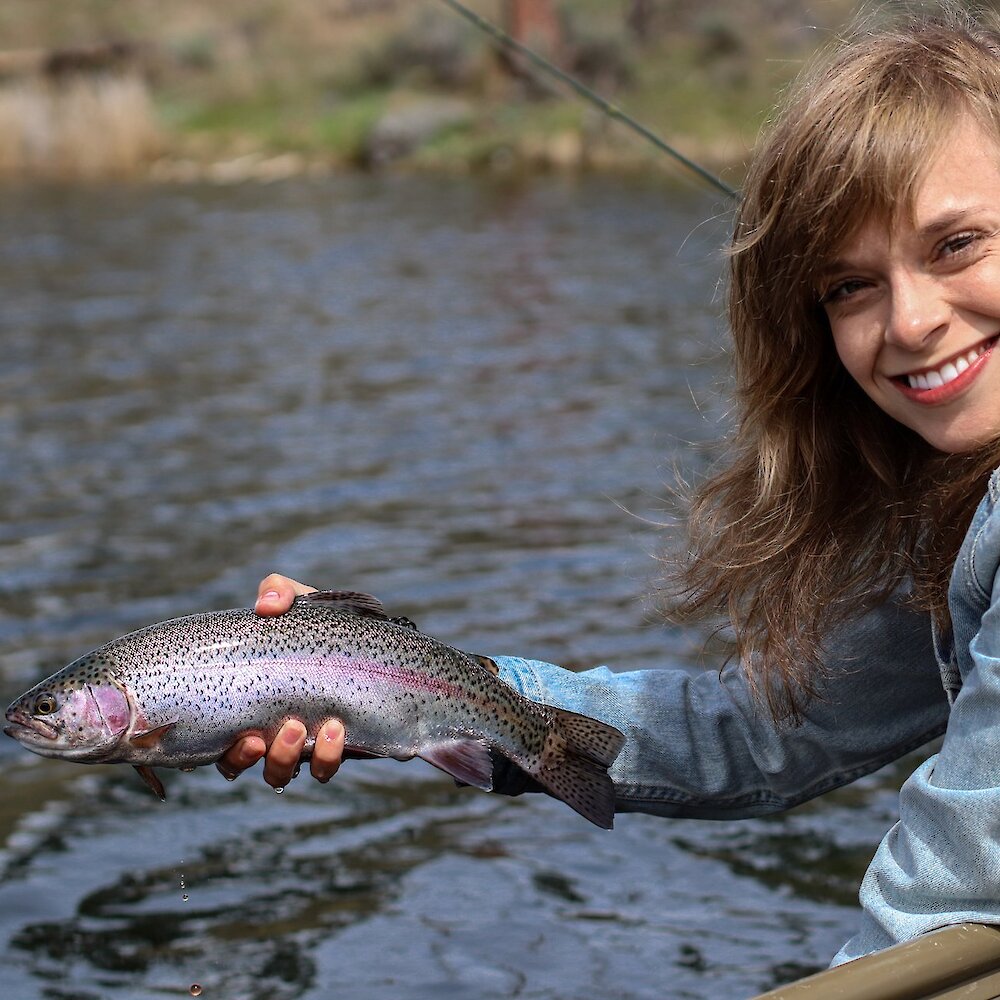
Fishing With Rod
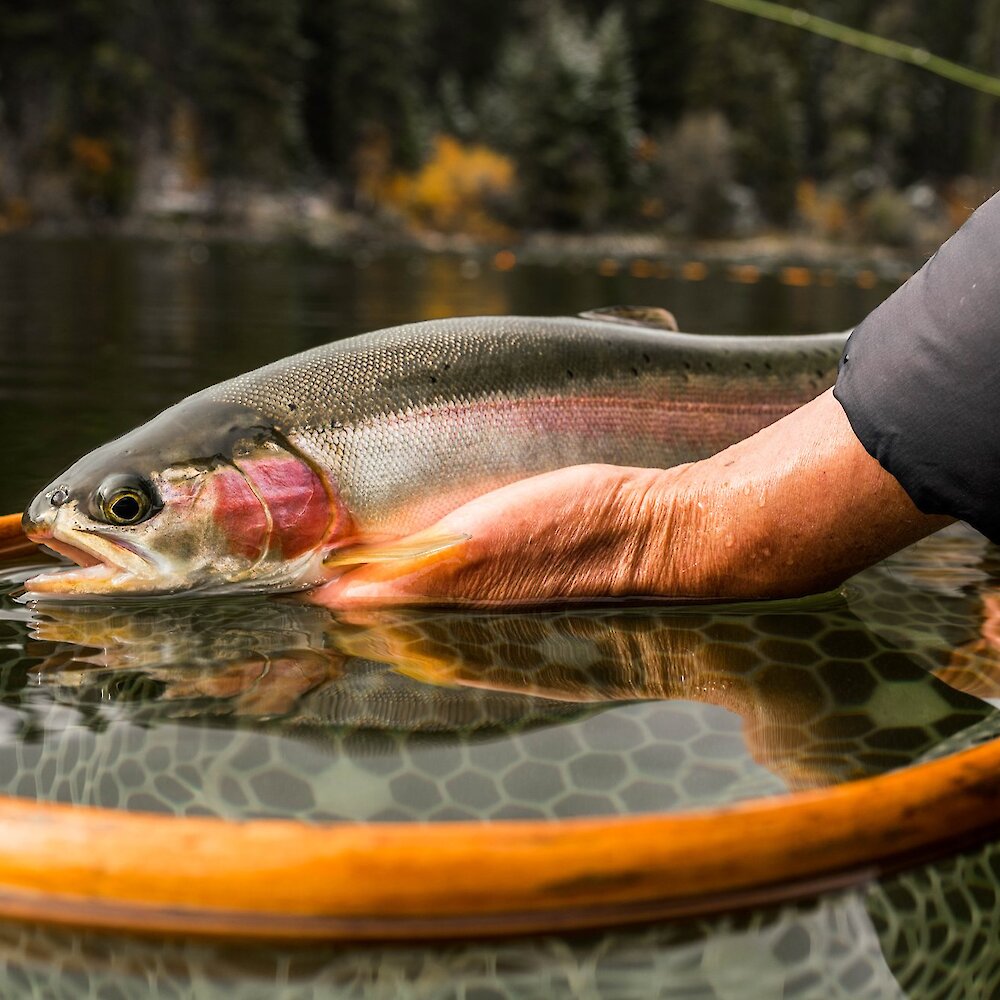
Fishing BC/Flylords
Where to fish in Kamloops
At Edith Lake, anglers have a chance to catch Brook Trout, Pennask Rainbow Trout, and Fraser Valley Rainbow Trout. They're relatively easy to catch because over 10,000 fish are released into the lake each year. You don't need a boat to fish Edith Lake as the lake has a fishing dock and shore access where you can cast your bait out, sit back, and wait for the bites
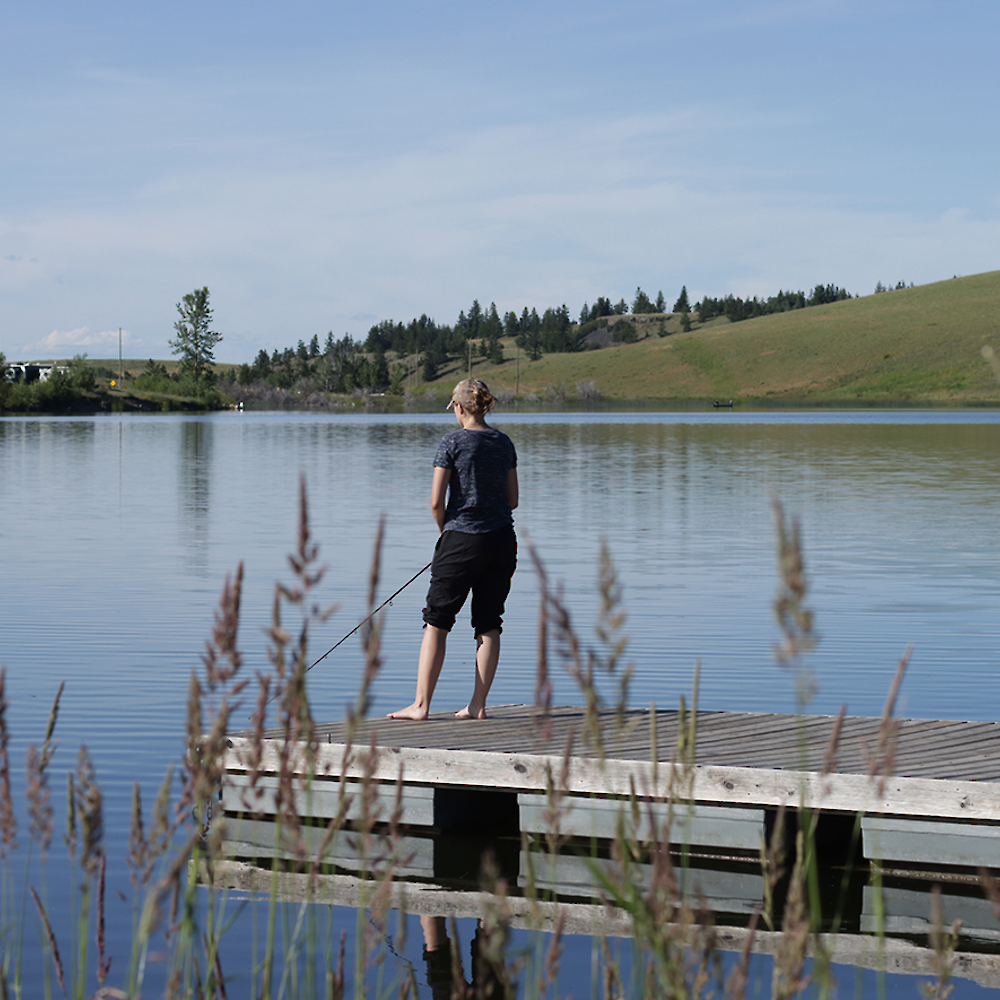
Fishing With Rod
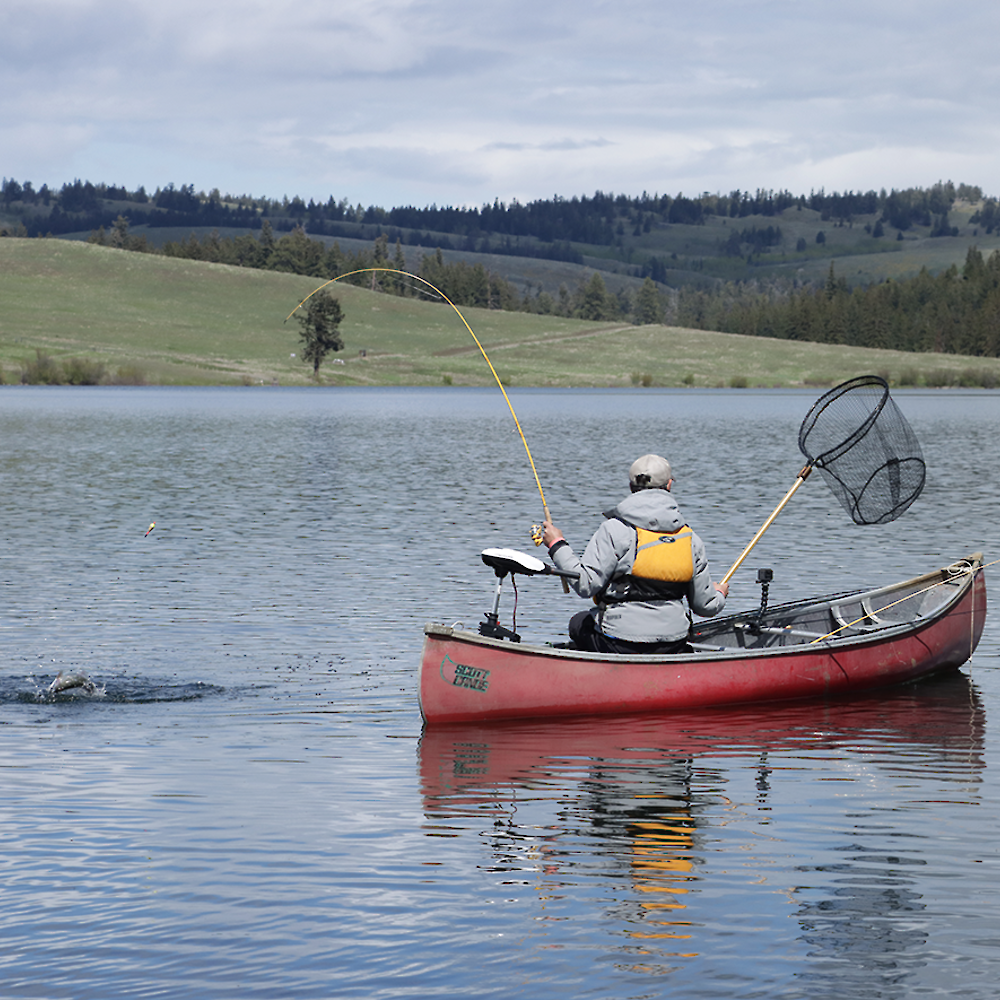
Fishing With Rod
Methods to catch fish
Quite often, new anglers assume “Kamloops Trout” are unattainable, unless you are fly fishing. When in fact, you don't need a fly rod to catch them; trout are aggressive predators. If you are able to find fish that are actively feeding, dangle something in front of them, and more often than not, you won't be disappointed.
Trolling on the lake
Most conventional anglers prefer to troll around the lake with a lure on the end of the line; a foolproof method with a higher chance to encounter fish the longer you're on the lake.
Search for fish actively feeding
A better method is to look for spots where fish can be seen actively feeding. The first indicator is “rolling” or jumping fish on the surface; this shows there are likely fish feeding beneath. Birds swooping down to the water picking up insects can also indicate fish are present, as insects make up most of a fishes' diet.
If signs of feeding are absent, you can also look for structures of the lake where fish are more likely to hide such as shoals, edges of weed beds, and submerged logs
How to catch
Float fishing with different baits
Once hotspots are identified, anchor your boat nearby or set up camp from the bank. The most relaxing way and effective method is float fishing with a variety of bait. Dew worms, deli shrimp, maggots, and artificial dough bait can all be appealing to trout. If fish are actively feeding on insects, you can also tie an artificial fly to your line and “match the hatch”. Fish often feed close to the bottom so adjust your float depth so it is slightly shorter than the depth of the water where you are fishing. Float fishing is a very visual experience and kids of all ages get excited when the bobber goes under.
How to set up for float fishing
To set up your float fishing rig, you'll need a light spinning rod and reel setup. The rod should be at least 6ft long and rated for 2 to 6lb ideally. A small spinning reel spooled with 6 or 8lb test main line is more than enough to handle these trout. A small slip float (6g-12g) should be used so bites can be detected easily, but big enough so you can cast it easily. Once you have your weight on your main line, tie a swivel to it, and connect 2 feet of leader from it. The leader is used to tie the hook on and is usually slightly thinner than the main line, I prefer 4 or 6lb test. If you are using bait, try using either a size 6 or 8 hooks. For chironomid flies, size 14 and 16, silver or black body with red/brown/black rib are your standard patterns.
Casting with a small spoon, spinner or jig
Another method is to cast and retrieve a small spoon, spinner, or jig. This method involves attracting nearby fish by the constant movement of your presentation, and triggering a bite out of aggression. Because the bites are often quite abrupt, the angler rarely misses the bite when retrieving a lure. Spoons such as 1/16 or 1/8oz Gibbs Crocs are excellent casting lures for both Rainbow and Brook Trout around Kamloops.
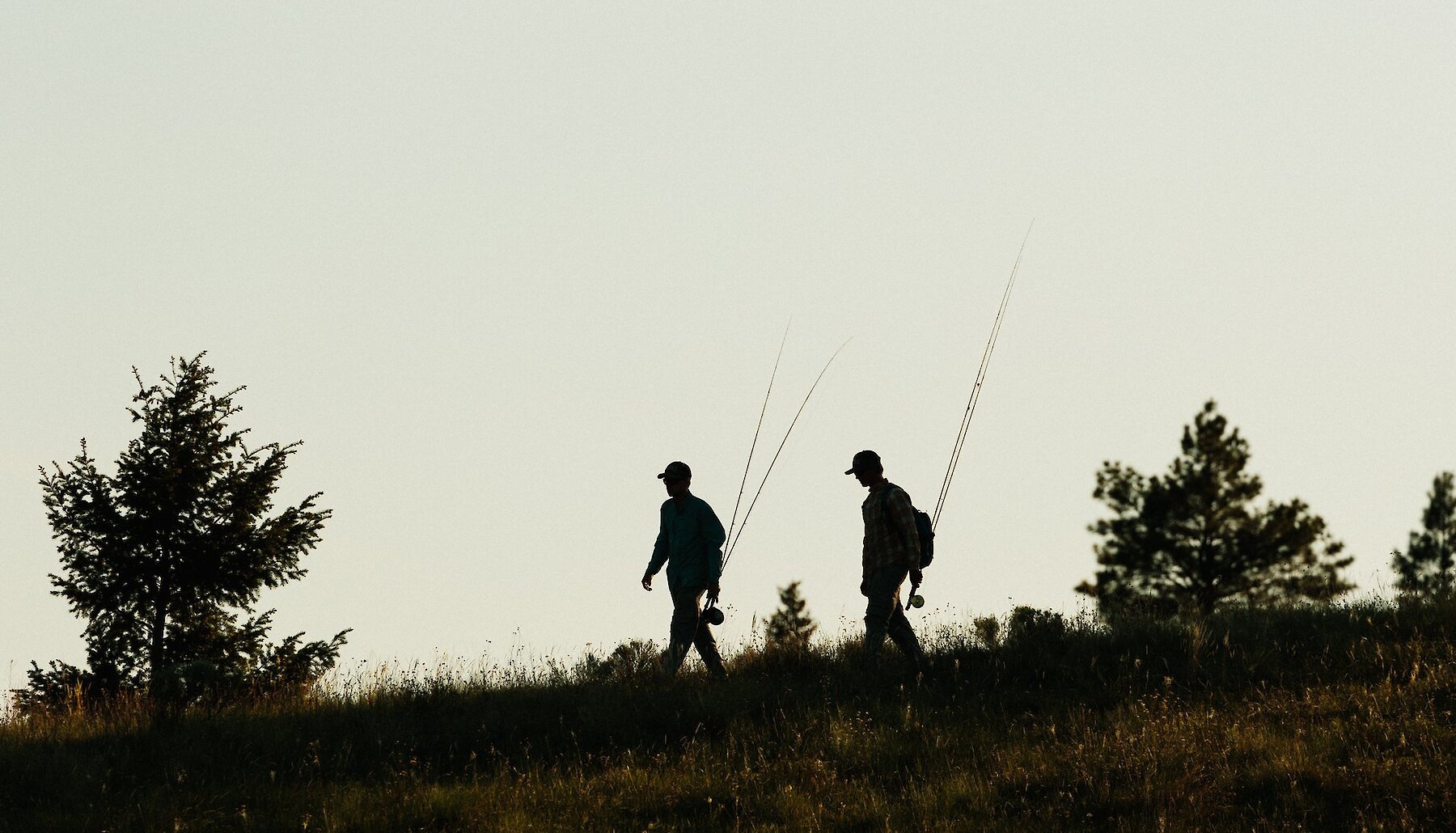
Fishing BC/Jeremy Koreski
What's Next
Regardless of which method you choose to use, Kamloops area lakes are family-friendly and can be enjoyed by anglers of all ages and skill levels. The bites can change throughout the day, so be sure to bring plenty of food, a pair of binoculars to enjoy the birdlife in the region, and extra layers. Don't be afraid to ask other successful anglers for advice. Lake fishing is a lot more fun when everyone has fishing success.
BC Fishing License and Freshwater Fishing Regulations
To fish lakes in the Kamloops region, you must have a valid BC freshwater fishing license if you are over the age of 16. Additionally, please read and follow the Freshwater Fishing Regulations of the lake where you intend to fish. Good luck!
Share your Kamloops fishing adventures with us
Did you follow our beginner's guide to fishing in Kamloops? Tag @tourismkamloops and use #ExploreKamloops to share your favourite fishing methods, baits, lures, and big catches with us. Join our community in showcasing the different areas around Kamloops perfect for anglers seeking their next catch!
